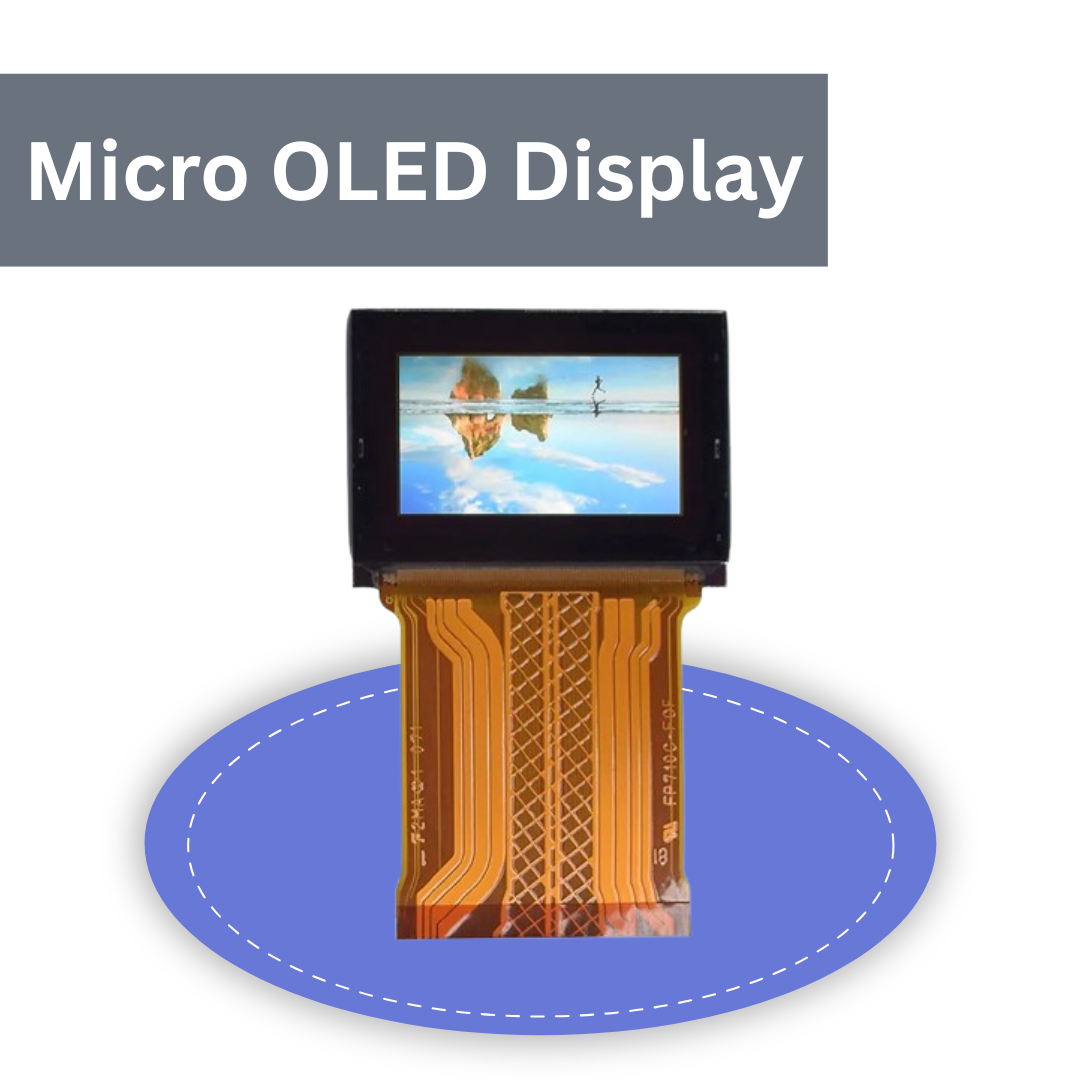The world of display technology has witnessed revolutionary advancements over the past few years, and at the heart of this innovation lies the micro OLED display. Known for its compact size, high resolution, and ultra-fast response time, micro OLED is becoming the go-to solution for applications ranging from AR/VR headsets to camera viewfinders and smart glasses. This article explores the structure, advantages, uses, and future trends of this cutting-edge technology.
What Is a Micro OLED Display?
A micro OLED (Organic Light Emitting Diode) display is a self-emissive display technology that integrates organic layers onto a silicon backplane. Unlike traditional LCDs that require backlighting, micro OLED pixels emit their own light, resulting in sharper contrast, deeper blacks, and energy efficiency.
Its ultra-compact design enables manufacturers to pack high pixel densities into extremely small screens, often measuring less than an inch diagonally. These features make micro OLED displays ideal for use in devices that require high visual quality in limited space.
Key Features and Advantages
1. Superior Image Quality
Micro OLEDs provide high contrast ratios and excellent color accuracy. The absence of a backlight allows for true black rendering and faster pixel response, which is crucial for immersive experiences in AR/VR and low-latency imaging.
2. Compact and Lightweight
Since the display is built directly on silicon, it reduces the need for bulky components. This makes it ideal for integration into lightweight wearables, helmets, and optical scopes.
3. Energy Efficiency
Because micro OLED pixels only light up when needed, they consume less power compared to conventional displays. This extends battery life—especially important in mobile and wearable tech.
4. Low Latency and High Refresh Rates
Micro OLED displays have extremely low latency, enhancing real-time visual performance. This is essential for applications like virtual reality, where lag can cause discomfort or motion sickness.
Applications of Micro OLED Displays
The practical uses of micro OLED technology span across many sectors:
- AR/VR Headsets: Offers immersive visuals with minimal eye strain and motion blur.
- Digital Viewfinders: Used in high-end cameras for crisp, real-time framing and image review.
- Military and Industrial Optics: Suitable for compact scopes and night vision due to clarity and energy efficiency.
- Smart Glasses: Enables augmented displays in eyewear without adding bulk.
Its growing popularity in next-generation wearable tech underscores the demand for clarity, speed, and efficiency in small-form displays.
Challenges and Developments
Despite their benefits, micro OLED displays face challenges in terms of production costs and scaling. Manufacturing such high-precision components on silicon substrates can be expensive. However, ongoing research and increased adoption are expected to drive down costs in the near future.
Technological improvements in pixel uniformity, color gamut, and power consumption are further pushing micro OLED into mainstream product design, especially in consumer electronics and medical imaging tools.
Conclusion:
The micro OLED display stands out as a transformative innovation in the world of display technologies. Its small size, high performance, and energy efficiency make it the ideal solution for the fast-evolving demands of modern optics. As industries seek thinner, lighter, and more powerful devices, micro OLEDs are poised to become a key player in enabling next-generation visual experiences.
By embracing micro OLED technology, manufacturers and developers can deliver products that not only look better but also perform faster and last longer—exactly what modern consumers expect.
